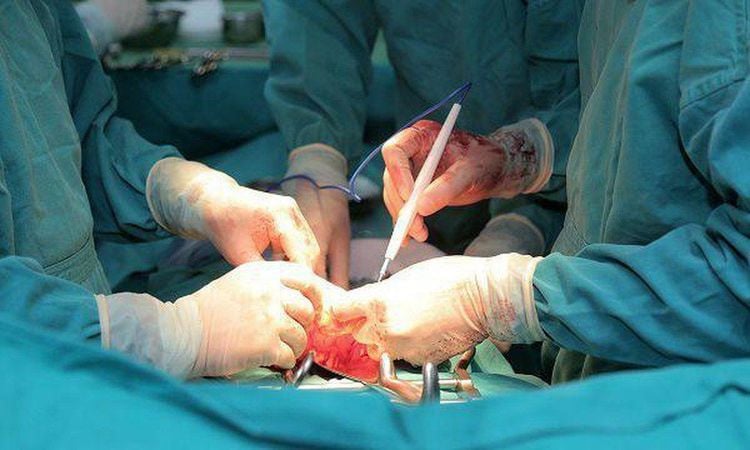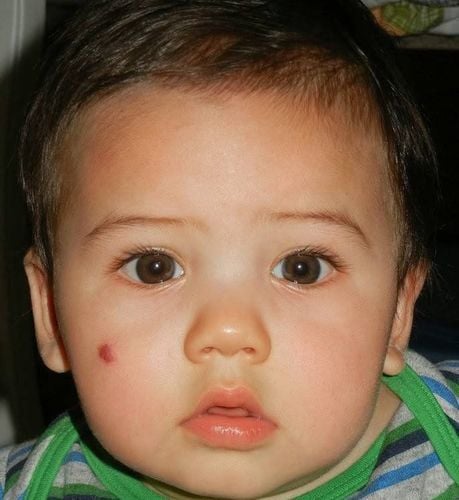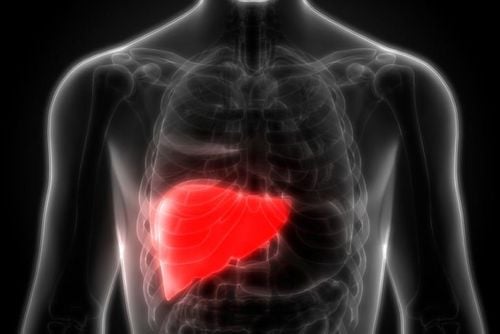This is an automatically translated article.
Cavernous hemangioma is a brain vascular malformation. The treatment of cavernous hemangiomas is mainly surgical with the aim of removing the entire tumor, preserving important brain functions and reducing the risk of complications.
1. Overview of cavernous hemangioma
1.1 What is cavernous hemangioma? Cavernous hemangioma or capillary hemangioma is a type of cerebral vascular malformation. This is an abnormal vascular tissue or lesion made up of many small cavities resembling a strawberry or a honeycomb. These small chambers contain blood (called blood pools). The blood pools are separated from each other by thin membranes.
In terms of distribution, most cavernous hemangiomas usually appear in the 2 hemispheres of the brain, sometimes in the brain stem or posterior fossa, rarely in the spinal cord. The population rate of cavernous hemangiomas is about 0.1 - 0.5%, less common than with cerebral arteriovenous malformations or cerebral aneurysms.
Most cases of cavernous hemangiomas occur naturally or are inherited. In cases of cavernous hemangiomas, genetic factors are often associated with abnormalities of chromosome 7.
1.2 Symptoms of cavernous hemangiomas Depending on the location and size of the hemangioma, manifestations The clinical setting will vary from patient to patient. Common symptoms are:
Seizures or convulsions occur; Appear some neurological disorders: Disorders of balance, vision, memory, attention; Weakness in the arms or legs; Increased intracranial pressure: Headache, dizziness, nausea and vomiting, somnolence, visual disturbances. Occasionally, patients with cavernous hemangiomas do not have any symptoms. Patients with cavernous hemangiomas may be at risk of bleeding. Common complications of the disease are convulsions, neurological impairment.
1.3 Diagnosis of cavernous hemangiomas The most accurate method to detect cavernous hemangiomas is magnetic resonance imaging (MRI) of the brain, with or without contrast injection. Magnetic resonance imaging may have to be repeated several times to analyze changes in tumor size, bleeding, or the appearance of new lesions.
Cerebral angiography will not detect this pathology because the blood flow through the lesions is very slow.
1.4 Treatment of cavernous hemangiomas With asymptomatic cavernous hemangioma lesions discovered only by chance should be followed up by annual MRI for the first 2 years, then every 5 years. 1 times. If there is clinical evidence of bleeding or new symptoms develop, more frequent MRI is needed. Some patients may also use anti-epileptic drugs prescribed by their doctor.
With symptomatic lesions, there are 2 main methods commonly applied to treat cavernous hemangiomas: surgery and radiosurgery with classical gamma knife or rotary gamma knife.
Surgery is considered to control status epilepticus if seizures cannot be controlled with medication, cavernous hemangiomas are readily resectable, and cavernous vascular malformations are identified as the cause of seizures. . When seizures can be controlled with medication, surgery is not needed. Cerebral vascular malformation surgery may be indicated in patients with cavernous hemangiomas with hemorrhage, neurological symptoms, and hemangiomas in a location prone to intervention. This method has many risks and should be carefully considered.
Recently, radiosurgery with rotary gamma knife is being used more popularly because of its advantages of high accuracy, automation, so it has high treatment efficiency, safety, less invasiveness, and few complications. during and after treatment.
2. Surgical method for cavernous hemangioma

Phẫu thuật cắt bỏ toàn bộ khối u cho bệnh nhân mắc bệnh u máu thể hang
The purpose of cavernous hemangioma surgery is to remove the entire tumor, preserve important functions and minimize the complication rate.
2.1 Indications/contraindications Indications:
Blood tumors with clinical symptoms; There is an episode of acute bleeding outside the sheath of the tumor; Tumor causes mass symptoms associated with bleeding within the tumor Contraindications
Hemangiomas cause no symptoms; Tumors located in important functional locations cannot be surgically intervened; Patients are not guaranteed anesthesia during surgery. Note: cavernous hemangioma has no absolute contraindications.
2.2 Preparation of Implementation Personnel: Neurosurgeons, anesthesiologists, technicians,...; Patients: Shave the hair in the surgical area; catheterization of urine , stomach ; clinical examination (cranial magnetic resonance imaging) and carefully explained about the purpose, procedure, risk of complications during and after surgery; Facilities: Neuronavigation system, system of microsurgical glasses, pins, skull screws, blood drill and craniotomy drill system, hemostatic materials during surgery, closed drainage and suction pressure , craniotomy kits, neurosurgery instruments, hemostatic instruments,... 2.3 Implementation process

Gây mê cho bệnh nhân trước khi phẫu thuật
Patient position: Have the patient lie down so that the surgical area is exposed in the most convenient and accessible position. Next, fix the patient's head on the frame and install the navigation system; Anesthesia: Intubation anesthesia, using anesthetics, fluids, blood if necessary as prescribed by the anesthesiologist; Open the skull cap: Incision of the skin according to the guidance of the navigation system, according to the tumor location, bone drilling, craniotomy, suture suture and dural opening; Tumor removal: Using the positioning system to accurately locate the cavernous hemangioma, cut the tumor and associated lesions under the microscope; Close the dura; Bone repositioning: Fix the bone with skull pins; Close the skin and the nasal fascia is loose. 2.4 Monitoring and treatment after surgery Closely monitoring the patient's vital indicators such as pulse, respiration, temperature, blood pressure; For patients to use prophylactic antibiotics after surgery; Avoid the risk of respiratory failure causing cerebral edema late after surgery; Maintenance antiepileptic drugs can be used on a case-by-case basis. 2.5 Risk of complications Postoperative cerebral hemorrhage; Cerebrospinal fluid leak; Infection: Meningitis or brain abscess. Depending on the accident, the doctor will have appropriate treatment interventions for the patient.
When surgery is indicated for cavernous hemangioma, patients strictly follow the doctor's instructions to treat the disease effectively, reduce the risk of complications such as impaired nerve function or re-bleeding,. ..
To register for examination and treatment at Vinmec International General Hospital, you can contact Vinmec Health System nationwide, or register online HERE













